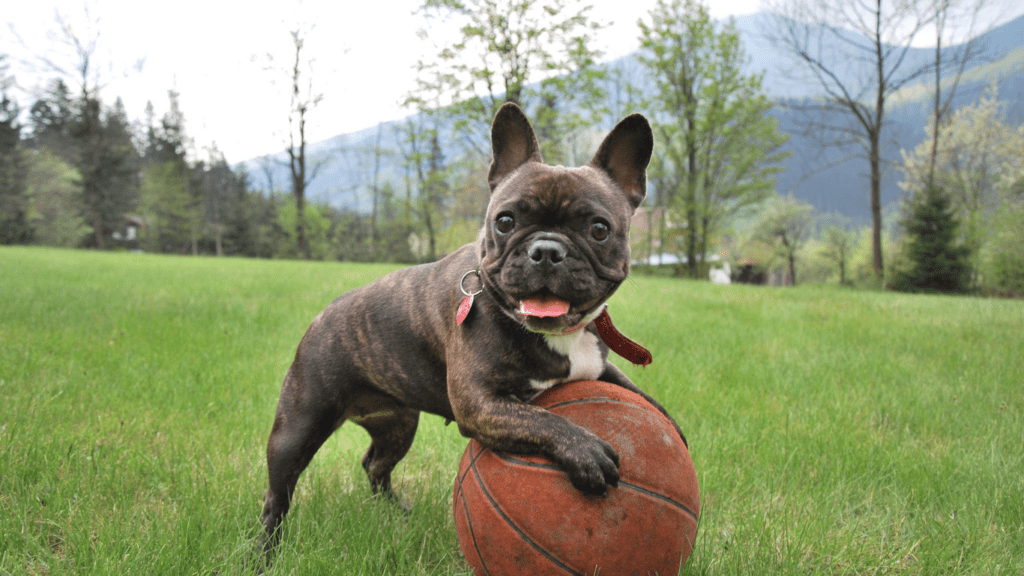Embarking on the journey of potty training your pet can be both exciting and challenging. As a pet owner myself, I understand the importance of getting it right from the start. In this article, I’ll share insights on the top 5 mistakes to steer clear of when potty training your furry friend.
Avoiding these common pitfalls can make the training process smoother and more successful for both you and your pet. From inconsistent routines to neglecting positive reinforcement, I’ll delve into key blunders that can hinder progress. By being aware of these mistakes and knowing how to sidestep them, you can set your pet up for potty training success.
Whether you’re a new pet parent or looking to improve your current training methods, understanding these top 5 mistakes is crucial for a harmonious and clean living environment. Let’s dive in and ensure that your pet’s potty training journey is a positive and effective experience.
Common Mistakes in Potty Training Your Pet
In potty training your pet, avoiding common mistakes is crucial for a successful experience. Here are the top 5 mistakes to steer clear of:
- Inconsistent Routine: Inconsistency in your pet’s potty training routine can lead to confusion. Ensure that you take your pet out at the same times each day to establish a reliable schedule.
- Punishing Accidents: Punishing your pet for accidents can create fear and anxiety, hindering the training process. Focus on positive reinforcement to encourage good behavior instead.
- Using the Wrong Cleaning Products: Using harsh chemicals to clean up accidents can leave lingering scents that may attract your pet to repeat the behavior. Opt for pet-friendly cleaning products to effectively remove odors.
- Not Supervising Closely: Leaving your pet unsupervised during the potty training process can result in accidents going unnoticed. Keep a close eye on your pet, especially during key times like after meals and playtime.
- Ignoring Signs of Distress: Pets often exhibit signs of distress when they need to go potty, such as whining or pacing. Ignoring these cues can lead to accidents. Learn to recognize your pet’s signals and respond promptly.
By avoiding these common mistakes and being consistent in your approach, you can create a positive and effective potty training experience for your pet, leading to a harmonious living environment for both you and your furry companion.
Mistake 1: Inconsistency in Training
Consistency in potty training is key. It’s crucial to follow a regular schedule when teaching your pet where to go potty. Inconsistency can confuse your pet. Stick to specific times for meals, walks, and bathroom breaks.
If you vary the routine, your pet might struggle to understand when and where to potty.
Be consistent in your commands as well. Use the same phrases each time to help your pet associate them with the desired behavior.
To avoid this mistake, set a strict schedule for your pet’s meals and bathroom breaks. Designate specific potty areas and stick to them. Remember, consistency is the cornerstone of successful potty training.
Mistake 2: Punishing Your Pet for Accidents
Punishing your pet for accidents is a common mistake in potty training. It’s essential to understand that pets do not respond well to punishment after the fact. While it may be frustrating to deal with accidents, scolding or punishing your pet won’t effectively teach them where they should go potty.
Instead, focus on positive reinforcement when your pet goes potty in the designated area. Celebrate their success with praise, treats, or affection to reinforce the desired behavior. By creating a positive association with pottying in the right spot, you’ll encourage your pet to repeat that behavior in the future.
Consistency and patience are key when it comes to potty training your pet. By avoiding punishment and emphasizing positive reinforcement, you’ll create a supportive environment that promotes successful potty training for your furry friend.
Mistake 3: Not Establishing a Routine
Consistency is key when it comes to potty training your pet. Without a set routine, your furry friend may struggle to understand where and when they should go potty. In my experience, a lack of a consistent schedule can lead to confusion and accidents in the house.
To avoid this mistake, it’s essential to establish a regular routine for your pet’s meals, walks, and bathroom breaks. By sticking to a predictable schedule, you can help your pet learn when it’s the right time to go potty and reduce the likelihood of accidents indoors.
I’ve found that setting specific potty areas in your yard or home can also aid in reinforcing where your pet should go potty. Using consistent commands or cues when it’s time for your pet to relieve themselves can further support their understanding of proper potty behavior.
In my opinion, failing to establish a routine in your potty training efforts can hinder your pet’s progress and make the training process more challenging. By maintaining a consistent schedule and providing clear guidance, you can effectively teach your pet where and when to go potty, leading to a successful training experience for both you and your furry companion.
Mistake 4: Using the Wrong Size or Type of Litter Box
Selecting the appropriate size and type of litter box for your pet is crucial to ensure successful potty training. Inadequate litter boxes can lead to discomfort and reluctance in using them, resulting in accidents around your home. Here’s how choosing the right litter box can make a significant difference in your pet’s potty training progress:
- Wrong Size Selection: Opt for a litter box that provides enough space for your pet to comfortably turn around and cover their waste. A box that is too small may discourage your pet from using it regularly, increasing the likelihood of accidents.
- Incorrect Type of Litter Box: Consider your pet’s preferences and behavior when selecting a litter box. Some pets may prefer covered boxes for privacy, while others may feel trapped and avoid using them. Choose an open or covered litter box based on your pet’s comfort and habits.
- Multiple Pet Household Consideration: If you have multiple pets, ensure that each pet has access to an adequate number of litter boxes. Competition for a single litter box can lead to territorial issues and may result in accidents as pets try to establish dominance.
- Litter Box Placement: Proper placement of the litter box is essential. Keep it in a quiet, easily accessible location away from your pet’s feeding area. Pets prefer privacy when using the litter box, so choose a spot that offers seclusion without feeling isolated.
- Regular Maintenance: Maintain cleanliness by scooping the litter box daily and changing the litter regularly. Pets are more likely to use a clean litter box, and neglecting maintenance can lead to aversion and accidents.
Choosing the right size and type of litter box, considering your pet’s preferences, and ensuring proper maintenance are key factors in successful potty training. By addressing these aspects, you can create a positive environment that promotes good potty habits in your furry companion.
Mistake 5: Ignoring Signs of Progress
Overlooking signs of progress during potty training can hinder the overall success of the process with your pet. It’s important to recognize and acknowledge the steps in the right direction that your pet takes towards mastering their potty habits.
By ignoring these positive developments, you may unintentionally slow down or disrupt the training progress.
To avoid this mistake, I recommend closely monitoring your pet’s behaviors and reactions during the training period. Celebrate small victories, such as successful trips to the designated potty area or holding their bladder for longer periods.
Acknowledging these achievements with praise or treats reinforces positive behavior and encourages more of the same from your pet.
In my experience, it’s crucial to stay observant and attentive to your pet’s actions, as they often communicate their readiness to progress in subtle ways. By recognizing and building upon these incremental improvements, you can create a more effective and rewarding potty training experience for both you and your pet.


 As a dedicated helper in building Animal Potty Care, Bella MacCarthy brings her expertise in pet training and behavior management to the platform. Her hands-on experience with a variety of pets has equipped her with the skills to develop effective resources and solutions for pet owners. Bella plays a key role in curating content that helps pet owners navigate the challenges of potty training and behavioral issues, ensuring that the platform remains a valuable tool for improving the lives of pets and their owners.
As a dedicated helper in building Animal Potty Care, Bella MacCarthy brings her expertise in pet training and behavior management to the platform. Her hands-on experience with a variety of pets has equipped her with the skills to develop effective resources and solutions for pet owners. Bella plays a key role in curating content that helps pet owners navigate the challenges of potty training and behavioral issues, ensuring that the platform remains a valuable tool for improving the lives of pets and their owners.